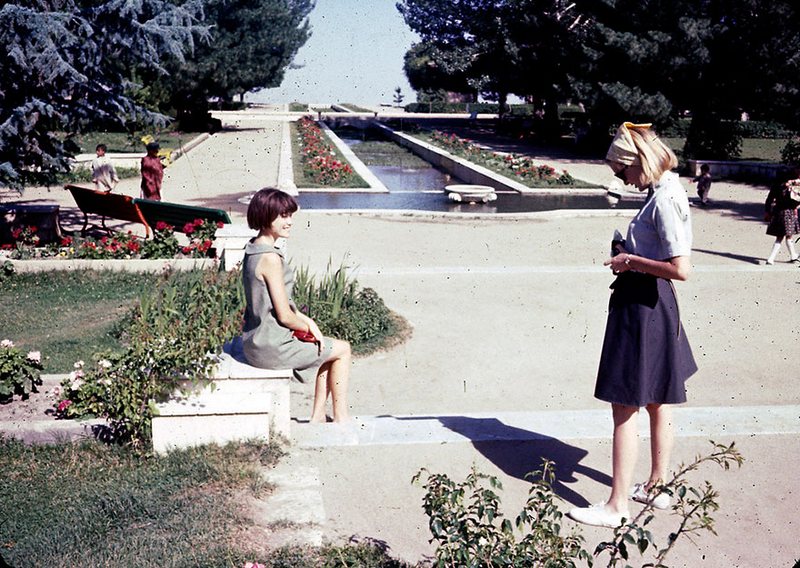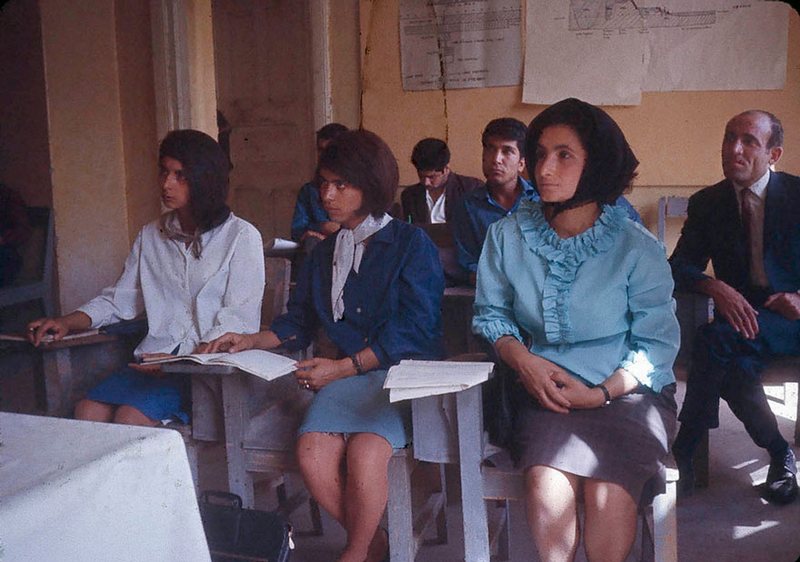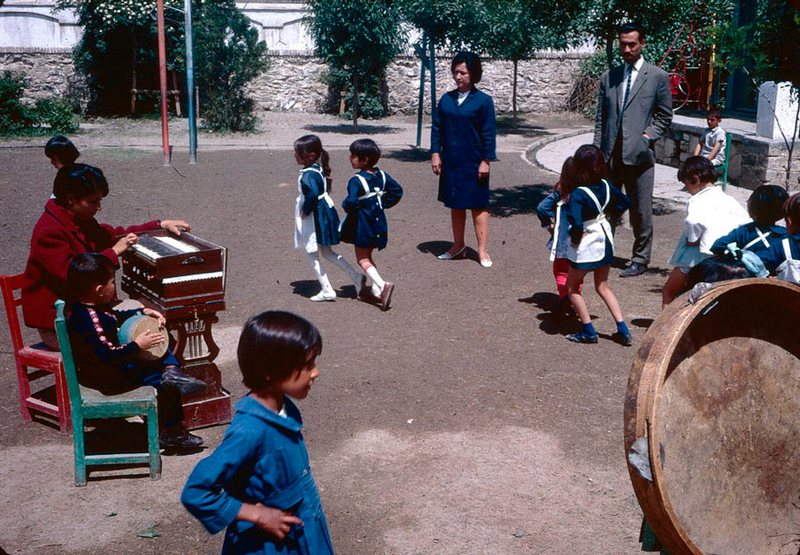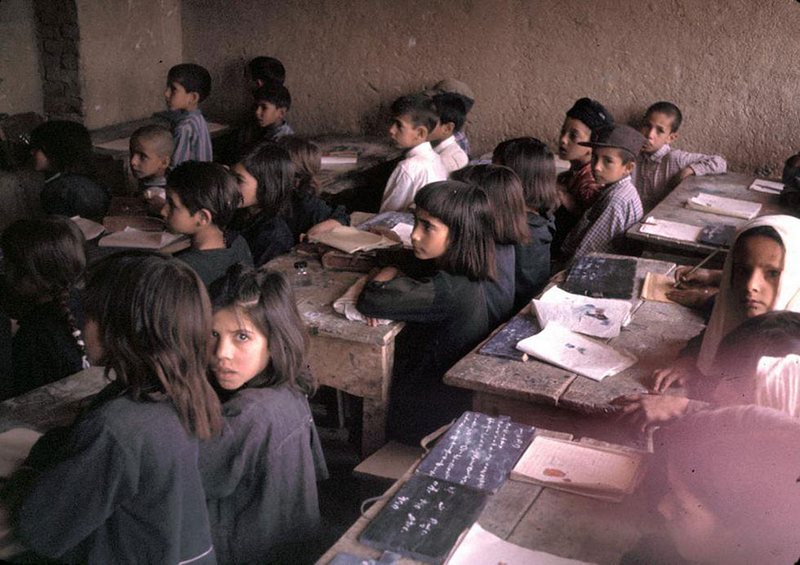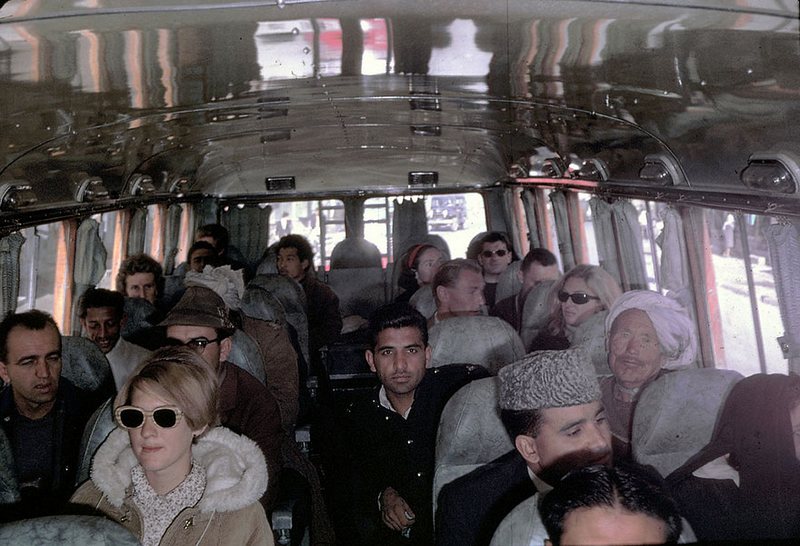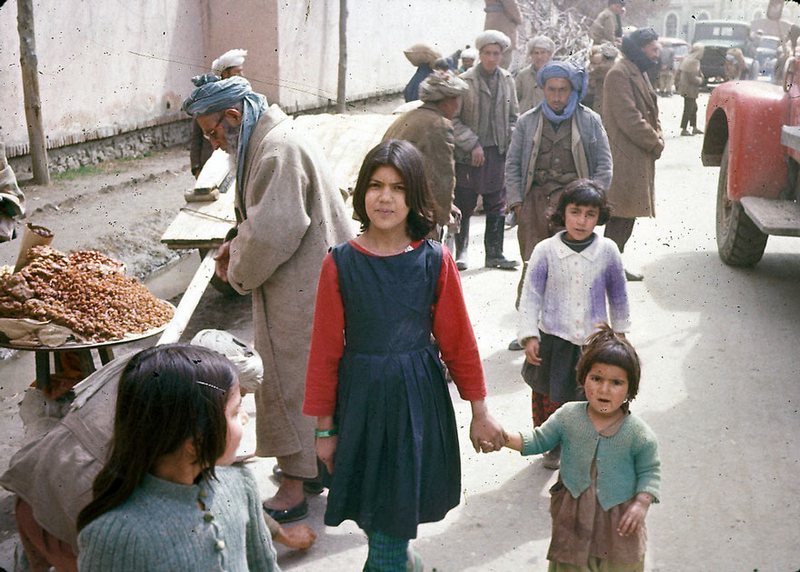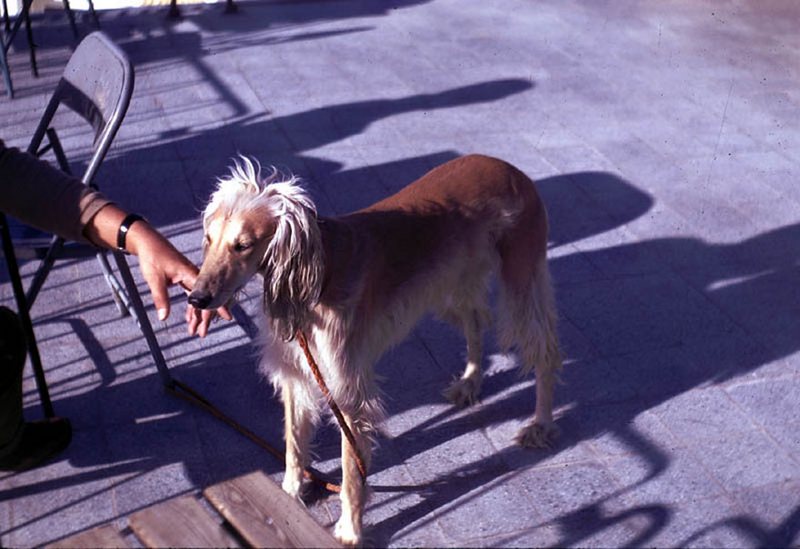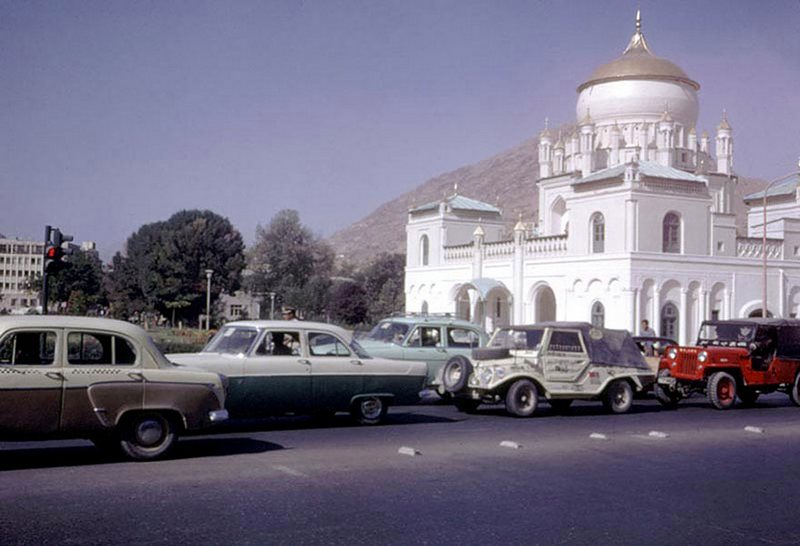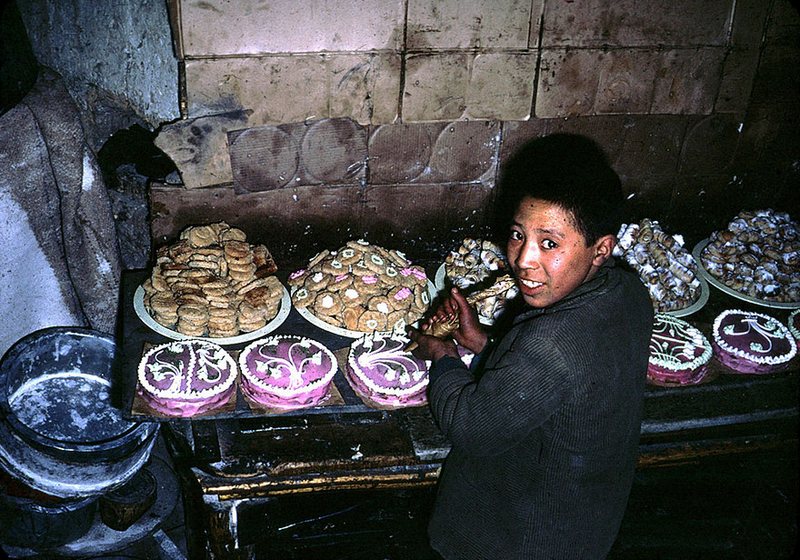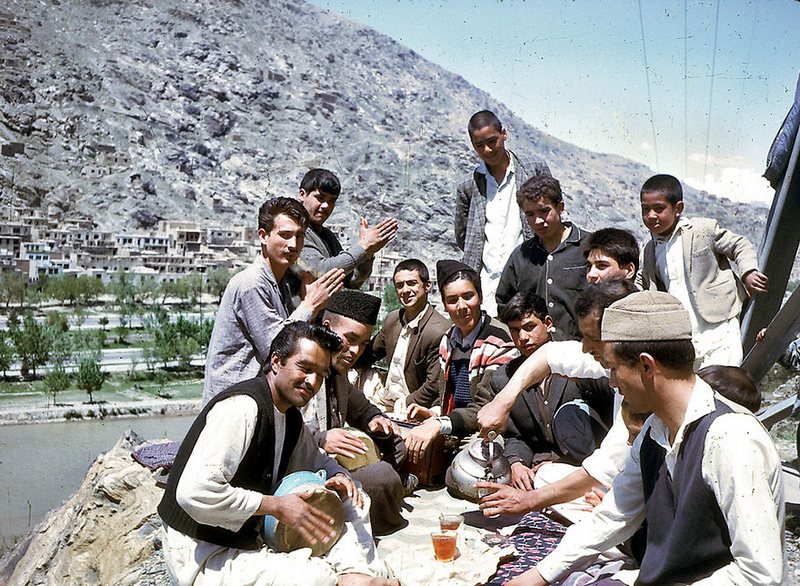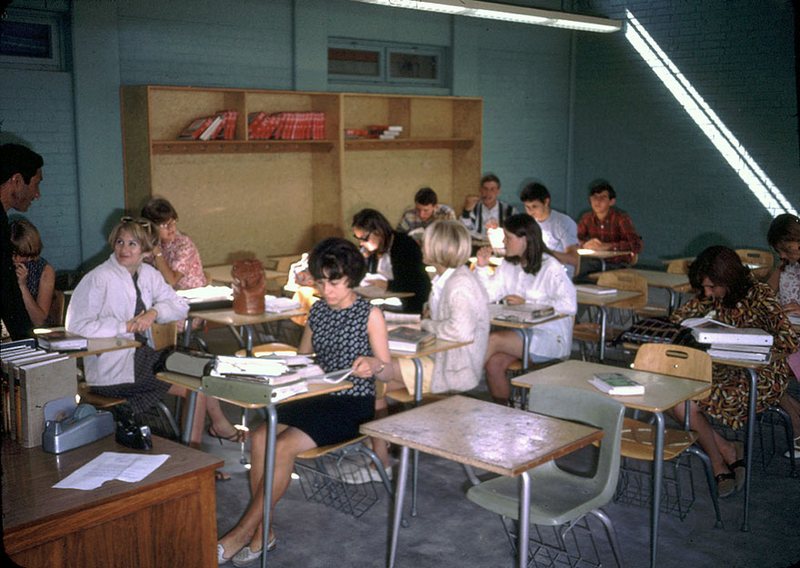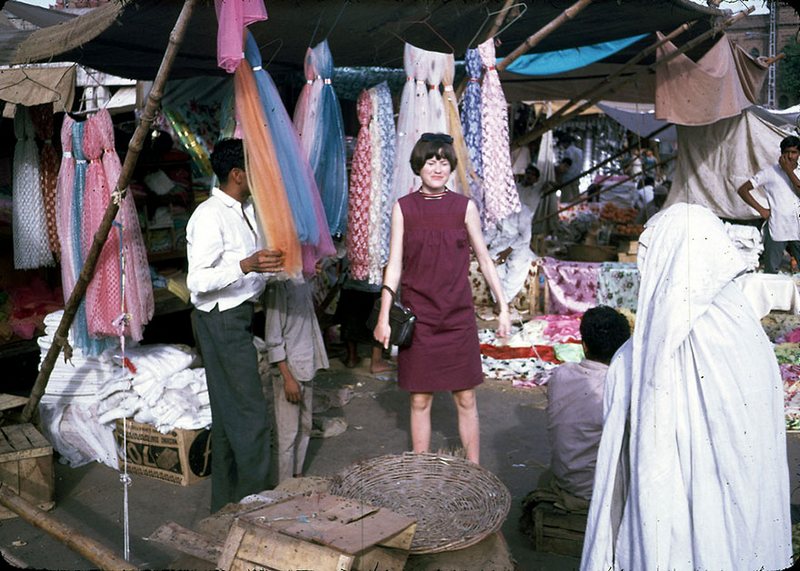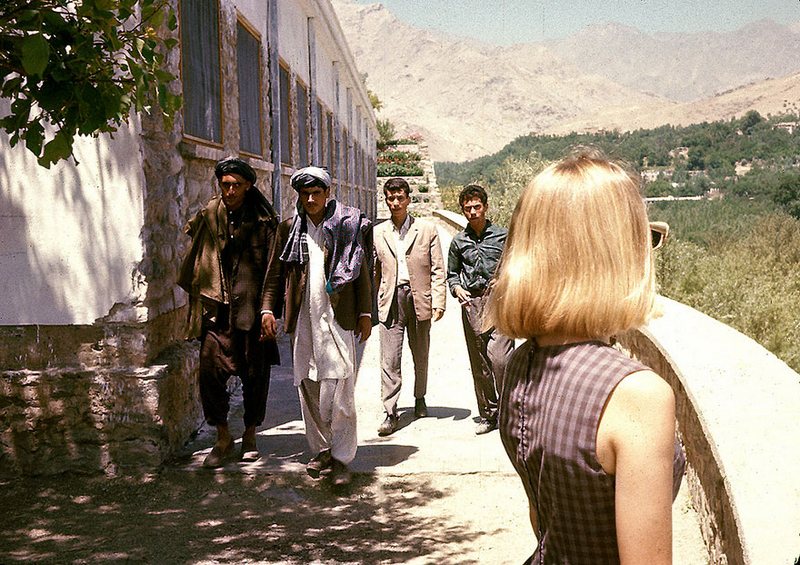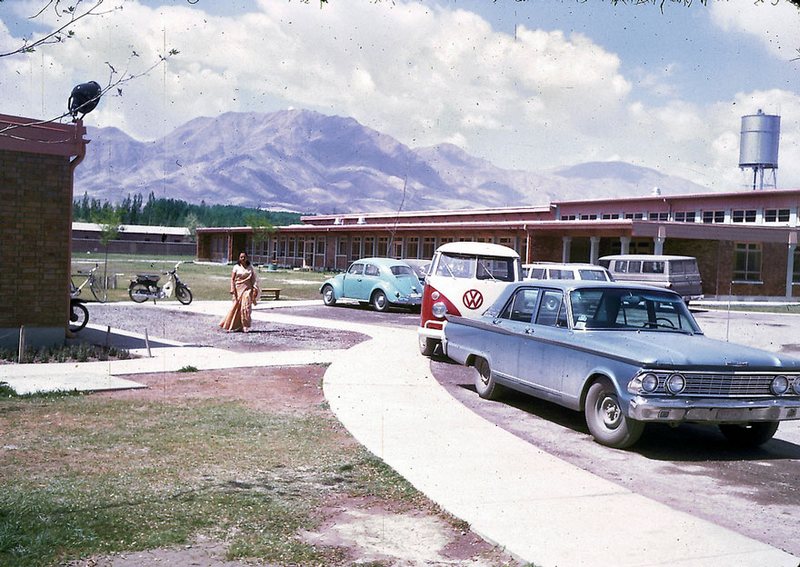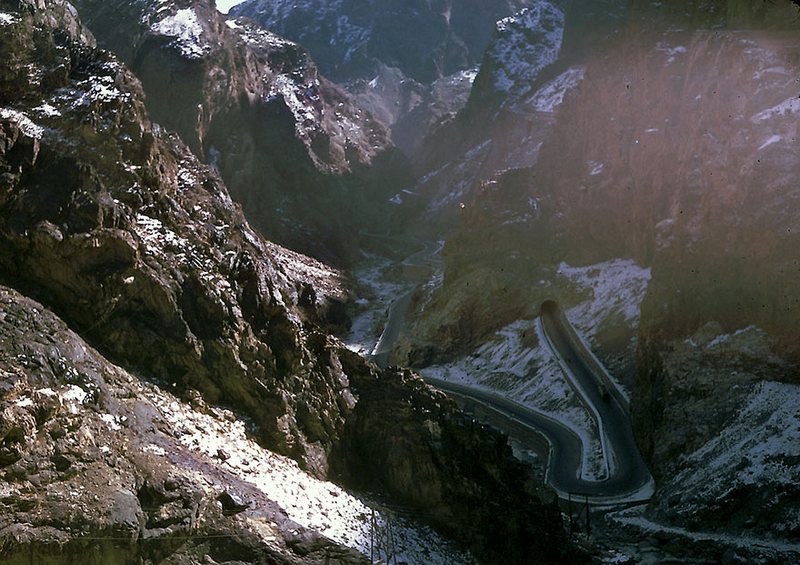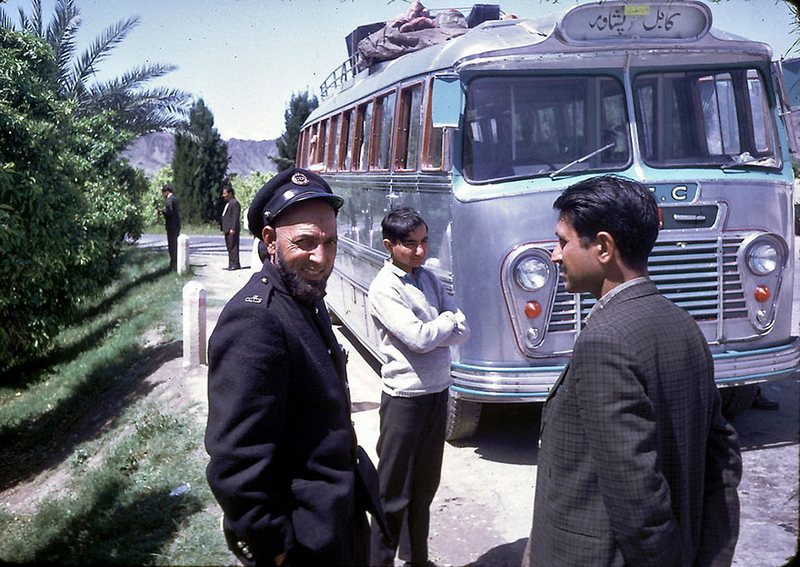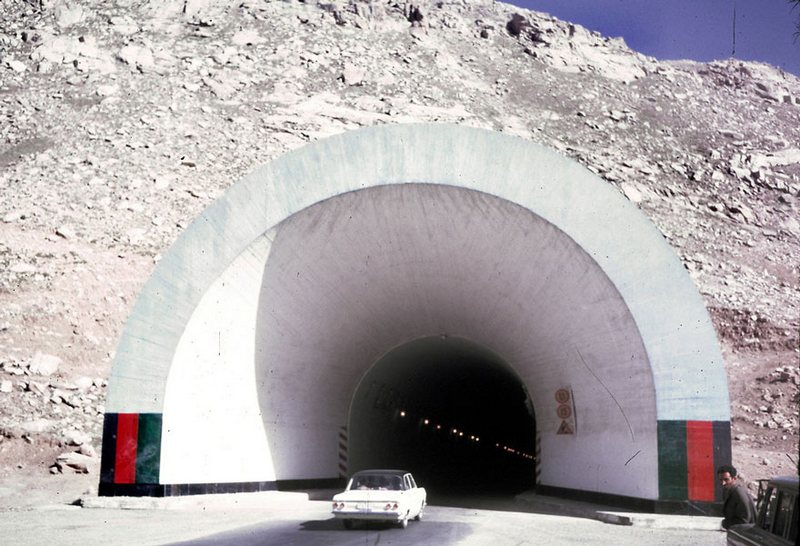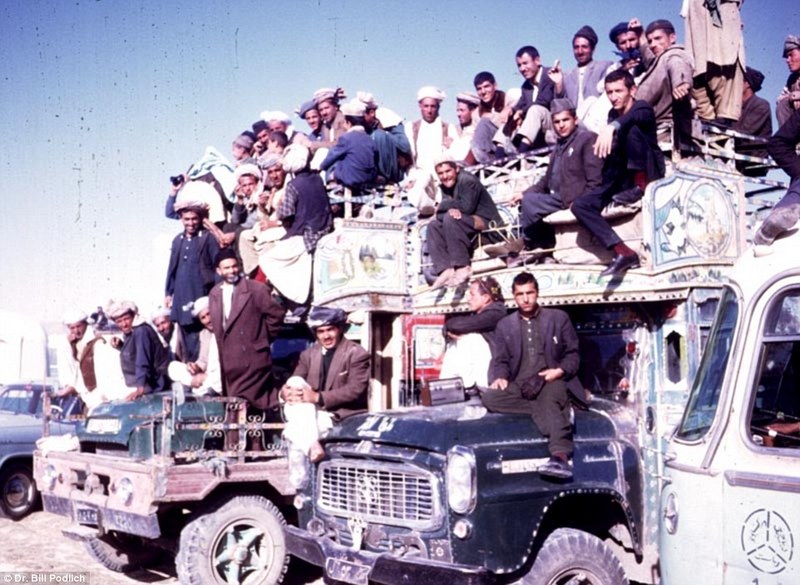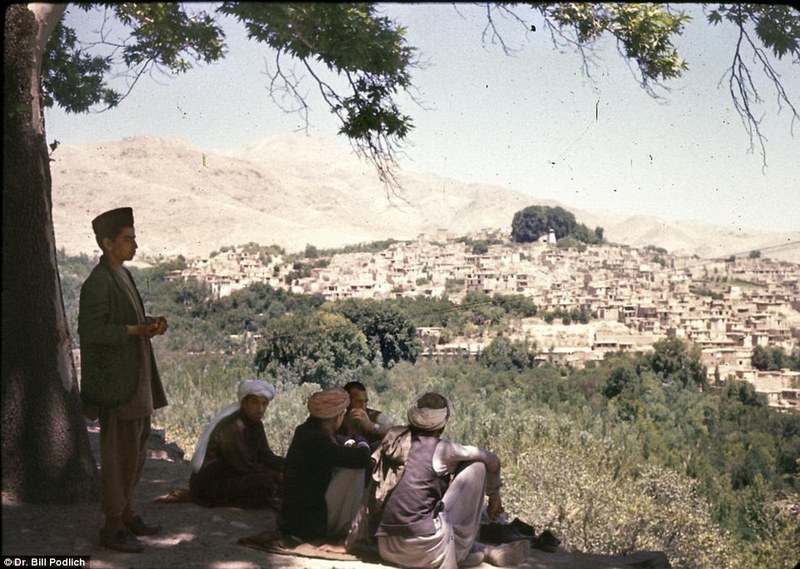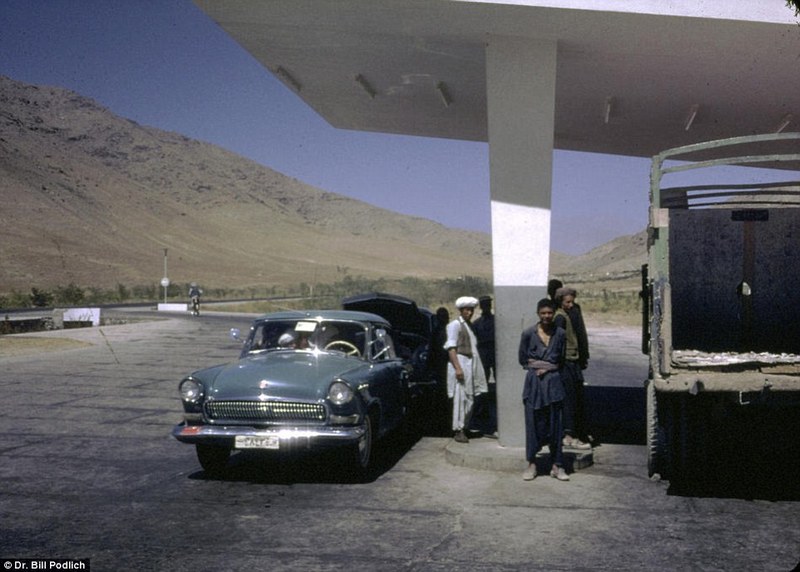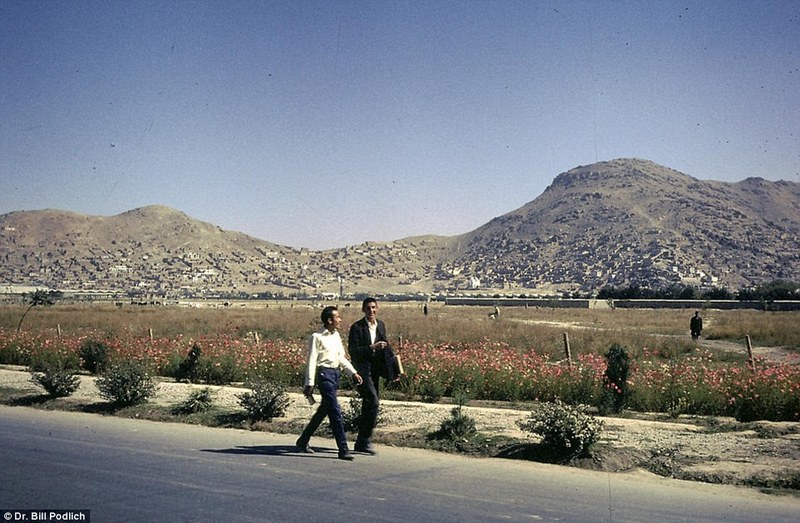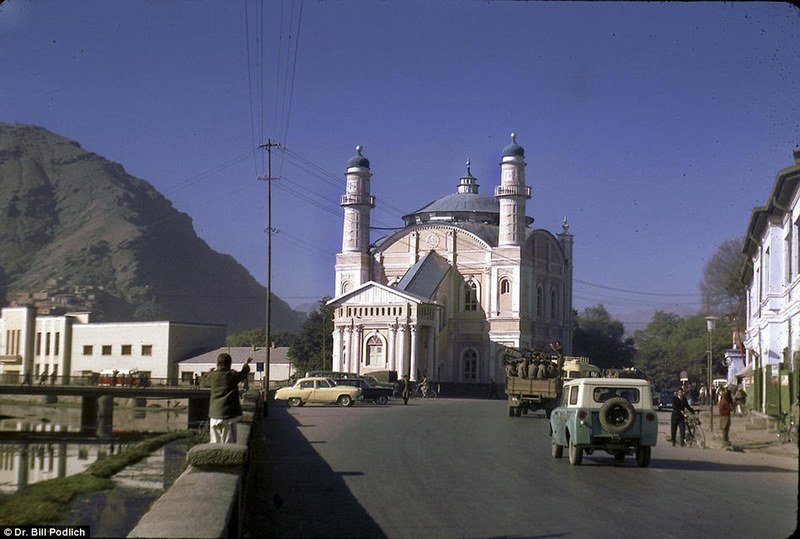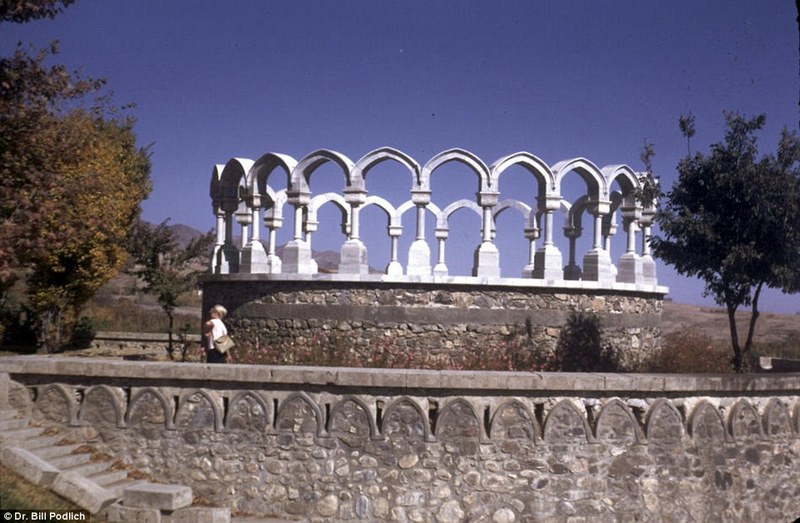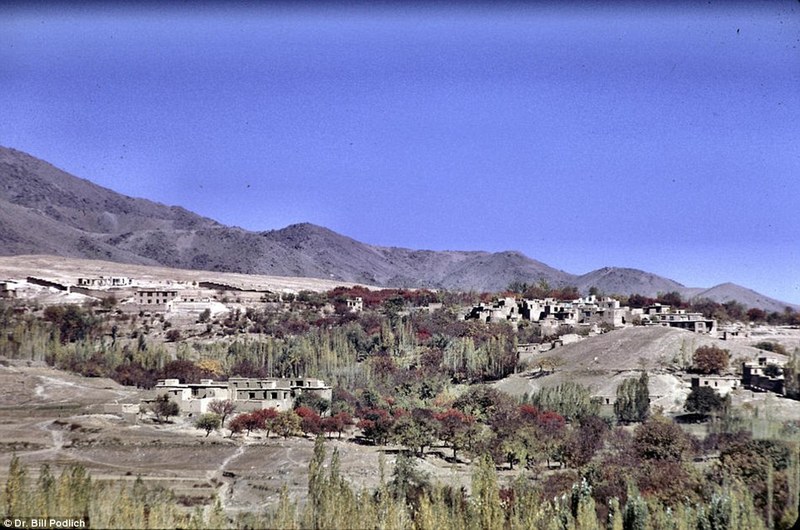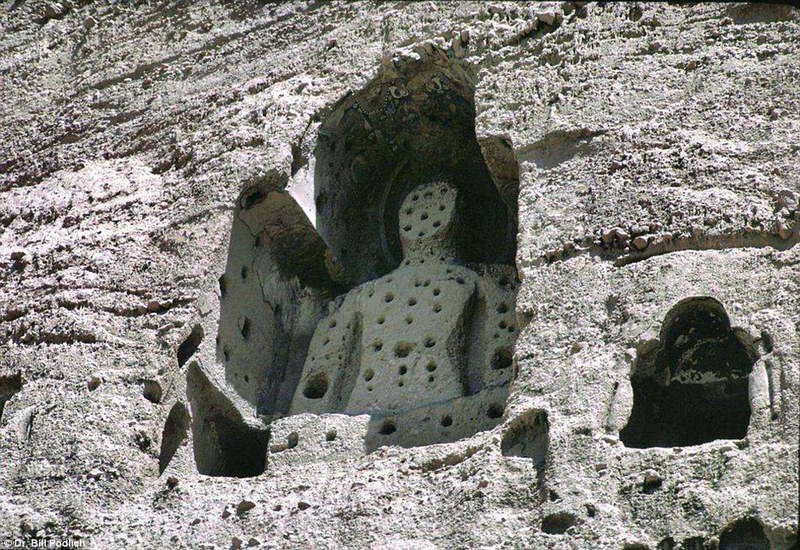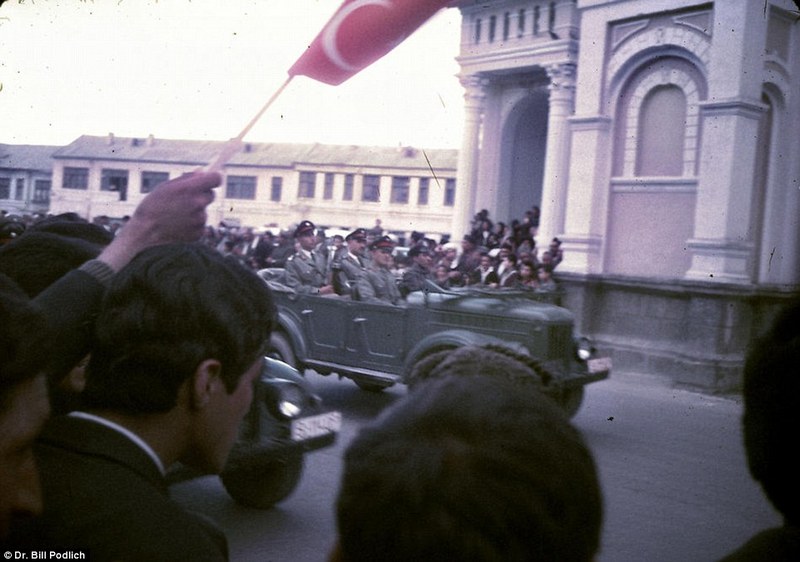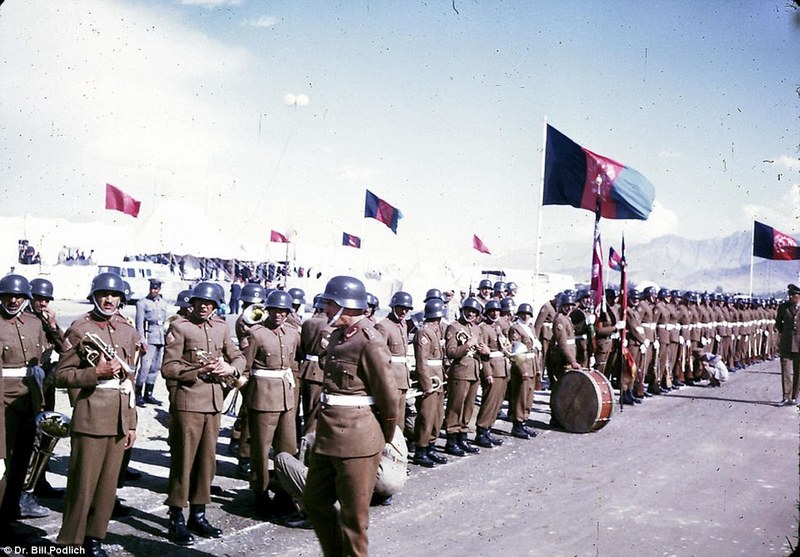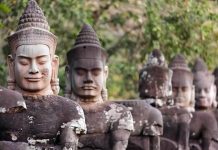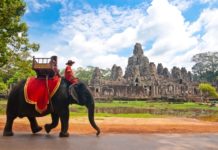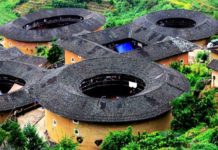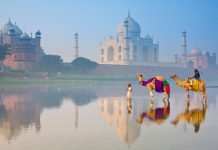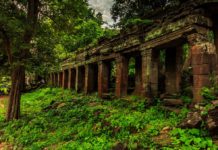When you think of Afghanistan, you probably don’t think of short skirts, nice cars and liberal lifestyles, but just as Iran looked very different in the 1970s, these fascinating pictures show that Afghanistan in the 1960s was a very different country than the one that exists today.
- Top things to do in Siem Reap — 16+ must do & best things to do in Siem Reap
- Siem Reap itinerary 4 days — How to spend & what to do in Siem Reap in 4 days?
- Great Wall secrets — 10 interesting facts about the Great Wall of China you probably didn’t know
- Explore Fujian Tulou — Inside of “inviolable” tulous of China
- What to do in Shirakawago — 5+ top & best to do in Shirakawa-go village
The pictures were taken by American university professor Dr. Bill Podlich, who in 1967 took a two-year leave of absence to work for UNESCO in Afghanistan. He served as the Expert of Principles of Education at the Higher Teachers College in Kabul, and during this time he took many photographs of life as it was back then. The Soviets invaded only a decade later and Afghanistan was pulled into war, and following Taliban rule and the US invasion in 2001, the country now bears little resemblance to the peaceful and prosperous nation that you can see in these pictures below.
Fun in the sun: Jan (left) and Peg (right) Podlich at Paghman Gardens, which was destroyed during the years of war before the 2001 U.S. invasion of Afghanistan
Hard at work: Students at the Higher Teachers College of Kabul where Dr. Podlich, the photographer, worked and taught for two years with the United Nations Educational, Scientific and Cultural Organisation
Play time: Young students in blue uniforms can be seen dancing to music in a school playground
Co-education
Friends: Pictured are Afghan girls coming home from school. The girls, as well as boys, were educated up to the high-school level, and although both sexes wore uniforms, the girls were not allowed to wear a chadri on their way to secondary school. Able young women attended college, as did the men.
Education under the trees
Journeying: Peg Podlich, in the sunglasses, taking a family trip on a bus from Kabul to Peshawar in Pakistan
Family bond: Two colourful sisters, hand in hand, pose for a photograph in Kabul, surrounded by trading locals
The idyllic images were captured in 1967, when the teacher teemed up with Unesco to work in the Higher Teachers College of Kabul. As well as building a relationship with the Afghans he encountered, the amateur photographer set out to document their way of life.
Serene images include men relaxing outside with a picnic, boys playing in the Kabul river in the sun and girls smiling during lessons. Others show colourful marketplaces, gardens alive with colourful flowers and even a giggling boy decorating cakes. While many feature happy Afghans, there are many of the Podlich family peacefully enjoying their time living in the country.
Afghan hound
Rush hour
Tasty feast: A smiling Afghan boy is pictured decorating mounds of different cakes piled high on plates
Picnic In Afghanistan shows a group of young Afghans sharing tea and music in their free-time
While he was teaching, Podlich’s daughters attended classes at the American International School of Kabul, which had a number of American and foreign students with parents who lived and worked in the country.
Dr Podlich’s daughter Peg states these images are incredibly important in her eyes.
‘When I look at my dad’s photos, I remember Afghanistan as a country with thousands of years of history and culture,’ Peg Podlich told the Denver Post.
‘It has been a gut-wrenching experience to watch and hear about the profound suffering which has occurred in Afghanistan during the battles of war for nearly 40 years. Fierce and proud yet fun loving people have been beaten down by terrible forces.’
The incredible collection is now managed by Peg’s husband Clayton Esterson, who immediately recognised the historical significance of the pictures.
‘Many Afghans have written comments [on the website] showing their appreciation for the photographs that show what their country was like before 33 years of war,’ he said.
A class at the American International School of Kabul where Peg and Jan attended. After class the girls were supervised by Indian ladies wearing saris, and were driven with about 20 students back through Kabul
Shopping trip: One of Dr Podlich’s daughters, Jan, smiles during a trip to Istalif, a village 18 miles northwest of Kabul
Taking in the view: A blonde Peg Podlich pictured in Kabul, shortly after arriving, as locals walk past
Aisk parking lot
A car park of the American International School of Kabul, which the Podlich girls attended. The school no longer exists, although alumni stay in touch through Facebook and hold reunions every few years at different cities around the U.S
Kabul Gorge
Cooking: A smiling man is pictured frying Jilabee, a sweet dessert, on an outdoor fire, with children gathered around
As well as building a relationship with the Afghans he encountered, the amateur photographer set out to document their way of life
Salang Pass Tunnel
The Salang Tunnel, located in Parwan province, is a link between northern and southern Afghanistan, crossing the Hindu Kush mountain range under the difficult Salang Pass. The Soviet-built tunnel opened in 1964
Hanging out: Hoards of happy citizens gather on large trucks, which served as portable grandstands
Peaceful: Men relax in the shade overlooking Istalif, a centuries-old centre for pottery, located northwest of Kabul
Topping up: Men stand next to their parked vehicles in a petrol station, with the rolling landscape visible behind them in the distance
Splashing around: Men and boys playing, washing and swimming in the waters of the Kabul river
Not a bad commute: Young Afghans walking home with spectacular scenery visible in the distance
Pictured is an Afghan teacher. The Higher Teachers’ College was a two-year institution for training college-level teachers
Picturesque: Pictured is Masjid Shah-e-do Shamsheera in Kabul, which is a yellow two-story mosque in the centre of the city
Time to study: A chemistry lesson in full flow in a mud-walled classroom, with a small board covered in equations
The idyllic images were captured in 1967, when the teacher (pictured) teemed up with Unesco to work in the Higher Teachers College of Kabul
Using his Kodachrome film, his images show a peaceful Afghanistan making strides towards a more liberal and Westernised lifestyle – a stark contrast to harrowing sights seen during the Taliban regime
Striking: One of the places that the family saw during their two-year stay was King’s Hill in Paghman Garden, pictured here in the sunshine
Stunning setting: A captivating residential hillside in Kabul is adorned by brightly coloured trees and foliage
A Buddha statue in Bamiyan Valley- a Unesco World Heritage Site. The two largest statues (not pictured here) were destroyed by the Taliban in 2001
Working hard: Afghan workers make a street repair in Kabul, but still had time to smile for the camera
An Afghan Army parade through Kabul with spectators lining the streets and waving flags at the procession
All lined up: An Afghan military band stands wearing matching brown uniforms, surrounded by coloured flags
TIMELINE OF EVENTS IN AFGHANISTAN
- 1996: Taliban seize control of Kabul prohibiting women from work, and introducing Islamic punishments such as stoning to death and amputations.
- 1997: Taliban recognised as legitimate rulers by Pakistan and Saudi Arabia. They now control about two-thirds of country.
- Oct 7, 2001: President George W. Bush announces that U.S. and British troops have begun striking Afghanistan for harbouring the al-Qaeda terrorists blamed for the September 11 attacks.
- December 2002: The U.S. ends the year with about 9,700 troops deployed, mostly going after Taliban insurgents.
- May 2011: Bin Laden is found hiding in neighbouring Pakistan and killed in a U.S. special operations raid. There are still about 100,000 troops in Afghanistan.
- June 2011: Saying the U.S. is meeting its goals in Afghanistan, Obama announces his withdrawal plan: Bring home 10,000 troops by the end of 2011.
- May 2014: Obama announces his plan to pull virtually all U.S. troops out of Afghanistan by the end of 2016, when his second term in office will be drawing to a close.
- October 15, 2015: In a reversal, Obama says the situation is too fragile for the American military to leave. He announces plans to keep the current force of about 9,800 in place through most of next year to continue counter-terrorism missions and advise Afghans battling a resurgent Taliban. The plan is for the number to decrease to about 5,500 troops in 2017.

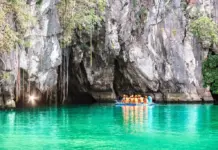






























![10 best airports in Asia in 2016 [RANKED] kuala-lumpur-international-airport-best airports in asia in 2016 by skytrax ratings](https://livingnomads.com/wp-content/uploads/2016/08/29/kuala-lumpur-international-airport-best-airports-in-asia-in-2016-by-skytrax-ratings-218x150.jpg)









